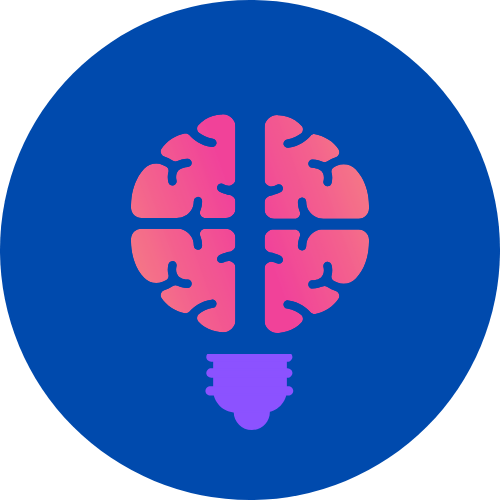Wisdom Forum
Seeking Enlightenment About Me In an era marked by rapid urbanization and technological advancements, the concept of smart cities has emerged as a promising solution to address the challenges posed by the ever-increasing city landscapes. The vision of smart cities revolves around creating more efficient, maintainable, and livable city environments by harnessing the power of technology and data. Over the years, the idea of smart cities has developed from a theoretical thought to a tangible reality, transforming the way we live, work, and work together with our city surroundings. Location Occupation
The Genesis of Smart Cities:
The idea of smart cities began to take shape in the late 20th century as city planners and technologists started to grapple with the complicatedities of managing increasingly crowded and resource-intensive cities. The term "smart city" was coined to describe a futuristic urban utopia the place digital technology and data-pushed systems would optimize infrastructure, transportation, energy consumption, and public services.
The Rise of Connectivity:
The evolution of smart cities has been carefully linked to the proliferation of the internet and the advent of the Internet of Things (IoT). As cities started to embrace digital connectivity, sensors and gadgets began to be embedded in numerous urban elements, equivalent to site visitors lights, waste management systems, and even street lamps. This connectivity paved the way for the gathering of real-time data that could possibly be used to make informed selections and improve city operations.
The Importance of Data:
Data lies at the coronary heart of smart cities. It enables city authorities to monitor and manage varied facets of city life more effectively. By way of the evaluation of data, cities can optimize site visitors flow, reduce energy consumption, enhance public safety, and provide better healthcare services. The ability to collect, process, and analyze data has transformed the way cities are managed and has made city environments more attentive to the wants of their inhabitants.
Sustainability and the Environment:
One of many key driving forces behind the evolution of smart cities has been the rising concern over environmental sustainability. Smart cities aim to reduce their carbon footprint by implementing eco-friendly applied sciences and practices. For example, the deployment of smart grids and energy-efficient systems has led to significant reductions in energy consumption and greenhouse gas emissions. Moreover, smart waste management systems can optimize collection routes, reducing fuel consumption and emissions.
Efficient Transportation:
Improving urban mobility has been a primary focus of many smart city initiatives. Advanced transportation systems, together with autonomous vehicles, ride-sharing platforms, and real-time visitors management, have helped reduce congestion and enhance the general transportation experience for residents. Smart city applied sciences intention to create seamless, multimodal transportation networks that prioritize efficiency, safety, and sustainability.
Enhanced Public Services:
Smart cities are committed to enhancing the quality of life for their citizens by delivering improved public services. From smart road lighting that adjusts brightness based mostly on real-time data to intelligent healthcare systems that remotely monitor patients' health, these cities are leveraging technology to provide more efficient, accessible, and responsive services. Citizens can work together with their native government by way of mobile apps, access real-time information, and report issues with ease.
Challenges and Considerations:
While the evolution of smart cities has been spectacular, it just isn't without its challenges. Privacy considerations relating to the gathering and use of data, cybersecurity threats, and the digital divide are issues that should be addressed. Additionally, the high costs associated with implementing smart city infrastructure can be a barrier for many cities, particularly in less economically developed regions.
The Future of Smart Cities:
The concept of smart cities continues to evolve, and the longer term holds exciting possibilities. As technologies like 5G, artificial intelligence, and edge computing advance, smart cities will turn into even more interconnected and capable. The mixing of these applied sciences will lead to more autonomous and efficient systems, additional reducing environmental impact and improving the quality of life for city residents.
In conclusion, the evolution of smart cities has been a remarkable journey from concept to reality. These cities are regularly adapting and rising, pushed by the desire to create more maintainable, efficient, and livable urban environments. While challenges persist, the potential benefits of smart cities are too compelling to ignore, and they provide a promising vision for the cities of tomorrow. The journey from concept to reality is ongoing, and as technology continues to advance, so too will the capabilities and impact of smart cities on our lives.
To find out more info regarding Smart Education and Learning Systems visit our site.

